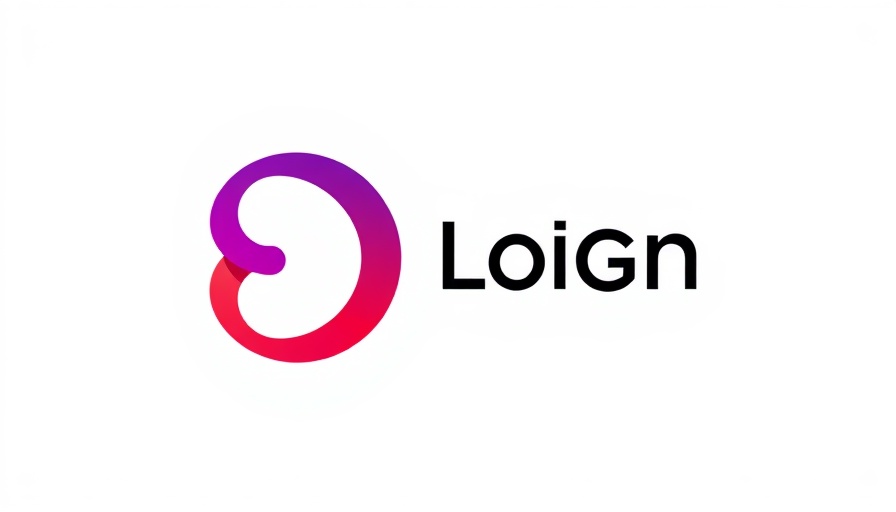
Understanding the Modern Wellness Landscape
Wellness has evolved from being merely a buzzword to a fundamental principle that influences our daily choices and lifestyle habits. As identified in Circana's recent report, wellness is defined as products and services that enhance physical, mental, and emotional well-being. This broad perspective reveals that wellness is an integrated approach, impacting various industries beyond just fitness and health. In the U.S. alone, consumers focused on well-being possess a staggering buying power exceeding $1.1 trillion. This emphasizes the urgency for businesses in all sectors to tap into this burgeoning market.
Blending Physical and Mental Health Trends
Traditionally, physical aspects like exercise and nutrition dominated wellness discussions. However, recent trends have shifted focus towards mental health, recognizing factors such as sleep quality, work-life balance, and the emotional atmosphere of one's home as vital components of overall wellness. In a world increasingly marked by hustle culture, prioritizing these mental health elements not only enhances individual well-being but also offers businesses opportunities to innovate their offerings.
The Power and Impact of Beauty in Wellness
Beauty and wellness are intrinsically linked; Circana's findings highlight that 77% of Americans prioritize mental well-being with many incorporating beauty routines as a form of self-care. The data reveals that skincare, mood-enhancing fragrances, and even cosmetics play significant roles in how individuals nurture their mental health. For instance, 46% of women dedicate time to skincare regimes, with 30% turning to makeup as a confidence booster. This insight connects the dots between personal care and emotional happiness, showcasing a dynamic, evolving relationship.
Emerging Consumption Habits Reflecting Wellness Values
Shifts in consumption habits reflect the mounting demand for wellness-oriented products. The report illuminates notable increases in sales of health-centric products, highlighting that protein drinks, powders, and supplements experienced an impressive 18% growth in just a year. As more consumers seek nutritious options beyond regular meals, industries associated with health and wellness must adapt to these changing needs. This trend signifies a move towards integrated health solutions that cater to both physical and mental wellness.
Community and Social Factors in Well-Being
Seeking connection has emerged as a vital pillar of wellness. As we strive for better emotional health, community engagement becomes critical, showcasing how social interactions contribute significantly to an individual’s well-being. Many wellness advocates emphasize the importance of connecting with others to share experiences, support, and accountability. This growing realization signifies why brands tapping into community-building strategies can foster loyalty while supporting their consumers’ emotional journeys.
Future Trends: What Lies Ahead in Wellness?
Looking ahead, we can anticipate new innovations shaping the wellness market. As consumers demand more holistic approaches to health, businesses must respond by creating synergistic products and services that cater to multiple aspects of well-being. The future may also see more collaborations across industries, fostering co-branding partnerships that enhance consumer experiences. Staying ahead means recognizing these trends and adapting to the evolving landscape of wellness.
Overall, recognizing the interconnectedness of physical, mental, and social well-being can empower industries to innovate and meet consumer demands effectively. If you are part of a business striving for growth in this thriving wellness market, consider leveraging these insights to explore how your products and services can align with the holistic wellness movement. By prioritizing consumer well-being in your strategies, you not only contribute to a healthier society but can also tap into the lucrative wellness economy.
 Add Row
Add Row  Add
Add 




 Add Row
Add Row  Add
Add 

Write A Comment